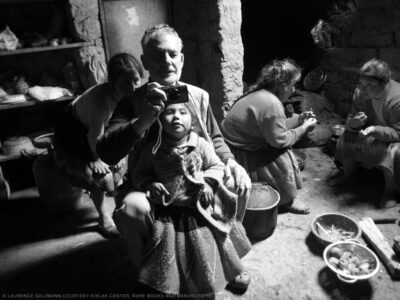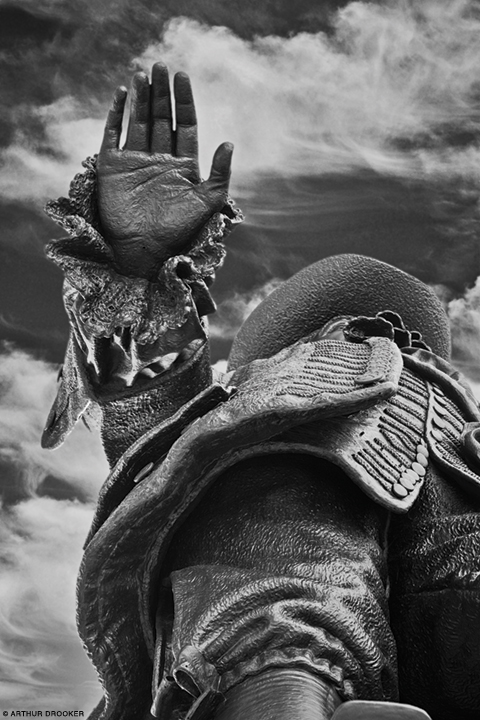
Arthur Drooker trains his lens on that most hallowed and maligned symbol of American government: city hall.
“Like many people, I took city halls for granted,” writes Arthur Drooker C’76 in the introduction of a new photography book dedicated to them. “I ignored them because of the essential services they provide and the bureaucracies they represent.”
In City Hall (Schiffer Publishing, 2020), Drooker trains his lens on the bricks and mortar (and stained glass and statuary) that embody the fundamental unit of US democracy: local self-government. The project began as a straightforward architectural appreciation, in a similar vein as Drooker’s American Ruins [“Ghost Landscapes,” Jan|Feb 2008] and Lost Worlds [“Arts,” Jan|Feb 2012]. “But it morphed into something more relevant,” says the California-based photographer, who enriches this volume with insights from mayors, historians, and city administrators he encountered on his journey. “Local government is where change happens now. Everything from immigration, to minimum wage, to healthcare, to marriage equality—all these issues have gained traction first on the local level. It’s been sort of an organized uprising, in a way, to make people at the federal level pay attention and act. So city halls are where change is really happening now.”
Drooker spoke with Gazette senior editor Trey Popp in June.
You begin this book by saying that you ignored city halls because of the “essential services” they provide. You would have written those words in 2019, but the phrase “essential services” has a new resonance now.
It does. What’s going on now, with the pandemic and also politically, has put a spotlight on local government. We really are all finding out who are essential workers, what are essential services—and we’re putting more value and support behind local leaders who are really addressing this pandemic, and the political divisions and strife that we’re all experiencing. It’s really putting an emphasis on local government. There was a Pew Research poll conducted a few years ago that found that the overwhelming majority of adults polled had a more positive view of their local government than of the federal government. And if they took that poll now, it would be a lot more!
You also write about city halls as embodying the civic ideal of “the people’s house.” Were there particular city halls that made you feel that way the most?
Each in their own way expressed this idea of the people’s house. Tom Barrett, the mayor of Milwaukee, was the first mayor I met on this project who used that term. And Milwaukee City Hall was one of the few city halls where you don’t have to go through security to enter—you can just walk right in. In these post-9/11 days we’re living in, I found that kind of shocking, in a way. Even more shocking was Chicago City Hall, where you can also just walk right in.
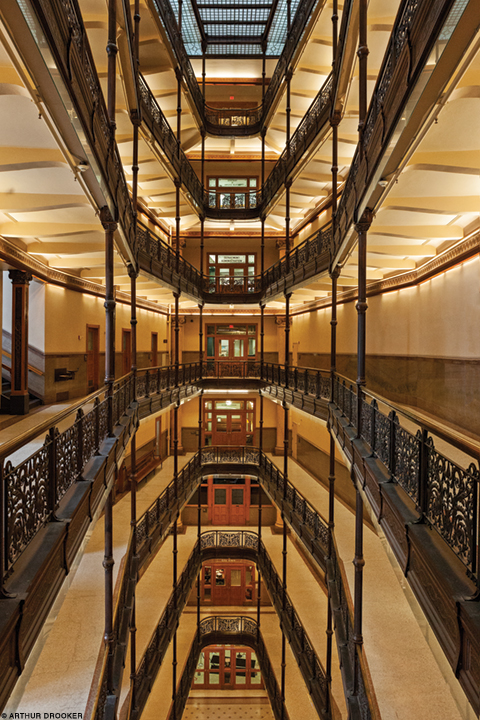
Another expression would be San Francisco’s city hall, which is this absolutely stunning, gorgeous, breathtaking Beaux-Arts structure. The mayor at the time [from 1912 to 1931], James Rolph, explicitly wanted that city hall to be “a palace for the people.” And that building was finished around 1915, during the City Beautiful movement. The thought process behind that movement was that if you create places and structures that have a sense of uplift, it will affect how the citizenry behaves and takes on civic responsibilities. And I defy anybody to go into San Francisco City Hall, stand in the rotunda, and gaze up at the dome, and not feel a sense of pride—even if they’re not from San Francisco.
Los Angeles City Hall has wonderful quotes all around it that express the idea that this is the people’s house and everyone’s welcome. In Palm Springs City Hall, engraved above the city council chamber are the words “The people are the city” from Shakespeare’s play Corolianus. Each city hall in its own way expresses the fact that, if not directly than at least symbolically, this is a place for the people.
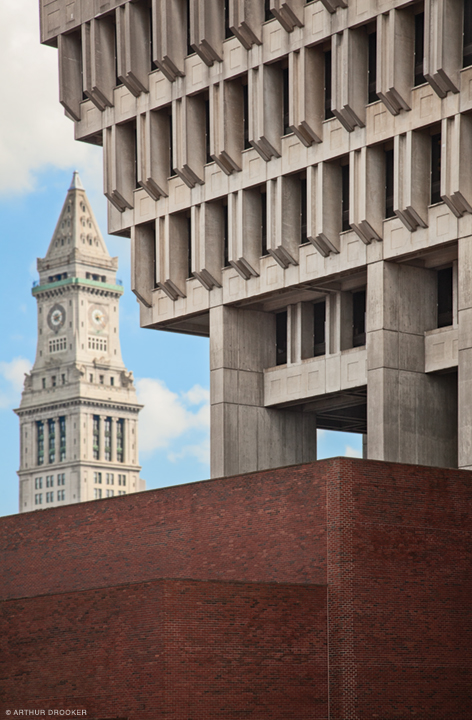
Philadelphia City Hall is pretty spectacular, too. That building took 30 years to build. It was a heroic effort—a lot of workers died in the making of that building, which is something a lot of Philadelphians aren’t aware of. It’s the largest municipal building in the country. There’s something like 14.5 acres of office space in that building. It’s a monument to big city government. And the statue of Billy Penn on top, [Alexander Milne] Calder considered that statue his best work. Thirty-seven feet tall—and the detailing! The statue is around 550 feet up in the air, and from street level you can basically make out the silhouette and that’s about it. But the ruffles in his shirt, the buckles on his shoes, the break in the pants… As one of my interviewees said, it just goes to show the care and the detail that went into the making of this building. And that kind of thing is repeated in other city halls as well.
Every building is a font of stories. Do you have a favorite one from this project?
If there’s one city hall that I keep coming back to as my emotional touchstone, it’s Saint Paul City Hall in Minnesota. It was built during the Depression. The city was going to build a new city hall anyway, but when the Depression hit, they had a choice of whether to go with a very modest building, or—with the unexpected windfall the city had because of the bonds they invested in, which did not get hit in the financial collapse but in fact gained in value—they also had the choice to say, Let’s go big. And to their credit, they went big. And going big in 1932 was going big with the style of the day, which was Art Deco. The building that resulted looks like it could be one of the shorter buildings in Rockefeller Center. Inside, the Art Deco styling, from the light fixtures to the staircase railings to the finishes on the walls, is just stunning.
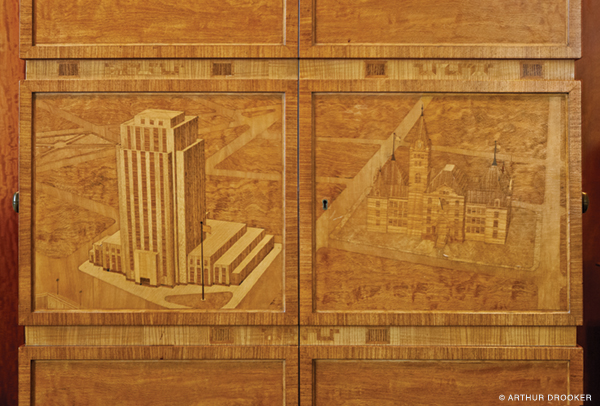
And the other wonderful thing about this story is that a thousand local workers—craftspeople, artists, carpenters, all local—were hired to create this building. And as a result, that building kept 1,000 families going during the Great Depression. The carpenters who crafted the furniture and the beautiful wall paneling throughout the building made a gift to the mayor for giving them decent-paying jobs: they created a cabinet made from all 24 types of wood that they used to make the building, with an inlaid image on one door that showed the new city hall, and on the other door showed the old city hall it was replacing. To this day that cabinet is still in the mayor’s office.




